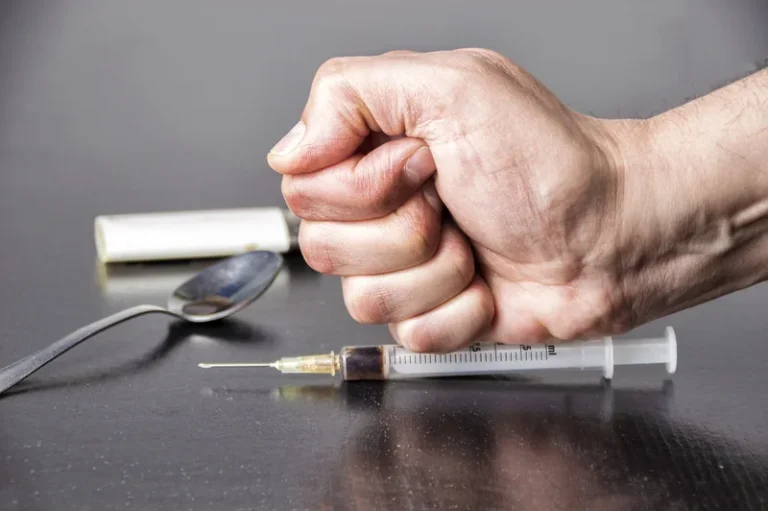- info@saveflorence.it
: Sober living
Kudzu Recovery For Alcoholics: How It Works

And, it does come with a list of possible side effects, Beckerman says, including itchiness, upset stomach, dizziness, nausea, headache, fever, and even the possibility of red blood cells breaking inside blood vessels. Neurotransmitter imbalances related to alcohol actually play a role in the benefits of using kudzu to stop drinking or taking kudzu for alcohol cravings, which we’ll talk about more later. Nor will it drastically enhance your quality of life after the first dose.

Kudzu Side Effects and Risks
This may be due to the isoflavones in kudzu, which can help regulate hormone levels. It is better to accept them as normal and actively marijuana addiction treat them through a variety of methods, including possibly taking medication. As a specific example, a small study published in the journal Drug and Alcohol Dependence involved 140 adults and indicated that a short session of aerobic exercise reduced cravings for alcohol (10). Ashwagandha is an herbal supplement used in traditional Indian Ayurvedic medicine. It has long been used to prevent alcohol cravings, improve immune function, and reduce stress.
Key Benefits of Kudzu Extract for Alcohol Reduction
The reductions in drinking during kudzu extract treatment were modest, but were equivalent to a 34–57% reduction over the treatment weeks; reductions in drinking during placebo treatment ranged from 5.8–36%. The reductions in drinking by kudzu extract were observed by the second week of treatment and persisted through the 4th week of treatment. In addition, the two treatments greatly differed in the percent of days abstinent as well as the number of consecutive days of abstinence. Increased consecutive days of abstinence is a desirable outcome of an alcohol treatment program, especially during the initial phases of treatment (Washton and Zweben, 2006). The fact that kudzu extract nearly doubled the number of consecutive days that individuals maintained abstinence suggests that it may be a useful adjunct during the early weeks of treatment. Kudzu is a natural remedy that has been used for centuries in traditional Chinese medicine.
- Kudzu root extract is packed with isoflavones, including puerarin, daidzin, and daidzein, which have been the subject of modern research due to their potential to reduce alcohol consumption naturally.
- If you struggle with metabolic syndrome (which incorporates a bunch of health problems like high blood pressure, high cholesterol, and insulin resistance), kudzu might be worth looking into.
- It’s important to note that you may or may not be aware of these external triggers as reasons for your alcohol cravings.
Kudzu Recovery For Alcoholics: How It Works

In that study, however, we did find evidence of an initial more rapid rise in blood alcohol levels in kudzu-treated individuals, suggesting that isoflavones may alter bioavailability of alcohol to the brain during the ascending alcohol absorption phase. This interpretation of kudzu’s possible mechanism of action was also suggested by Wong et al. (2011) who postulated that kudzu alters peripheral and cerebral blood flow. Puerarin, one of the most abundant isoflavones in kudzu root extracts, is a known vasodilator and is approved for such use in China following coronary infarction and stroke (Wu et al., 2014). As drinking behavior was measured using a wrist actigraphy device, we were able to monitor alcohol consumption continuously, 24 hours a day and seven days a week.
2 Behavioral and Subjective Effects

They reported alcohol consumption and desire to use alcohol using a wrist actigraphy device; twice weekly laboratory visits were scheduled to monitor medication adherence and adverse events. This is the first demonstration that a single dose of kudzu extract quickly reduces alcohol consumption in a binge drinking paradigm. These data add to the mounting clinical evidence that kudzu extract may be a safe and kudzu and alcohol effective adjunctive pharmacotherapy for alcohol abuse and dependence.

Kudzu’s antioxidants help reduce inflammation, which can benefit joint health and overall wellness. “It’s a vine,” says Tracy Lockwood Beckerman, registered dietitian and in-house nutrition expert at Betches Media. “The root, flower, and leaf are used to make medicine.” Kudzu has been a staple in Chinese medicine, for like, forever—we’re talking at least 600 AD. And it was introduced to the United States in 1876 when it was used to control soil erosion. In the wellness community, herbs like maca, ashwagandha, and rosemary have long been a go-to for healing all sorts of ailments including premenstrual syndrome, adrenal fatigue, and digestive troubles. One ancient herb that’s been gaining popularity in the West in recent years is kudzu.
- However, more research is needed to fully understand the effects of kudzu on the body.
- One animal study in particular demonstrated that kudzu extract and its major components are very safe, even after relatively large doses (2 g/day) over a 3-month treatment period (Keyler et al., (2002).
- This latter scenario might very well permit the use of lower doses of prescription medications and thus reduce the incidence of side effects.
- However, these studies were conducted on lone individuals drinking within highly controlled laboratory conditions.
- Kudzu extracts may interact with GABA receptors and enhance the inhibitory effects of GABA.
- A total of 42 out of 532 data points in the kudzu extract group and 26 out of 357 data points in the placebo group were handled this way, corresponding to 7.9% and 7.3% of the data, respectively.
